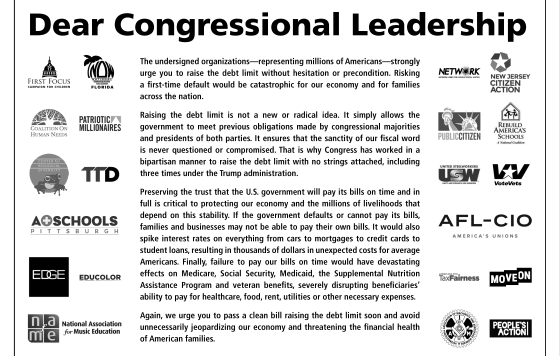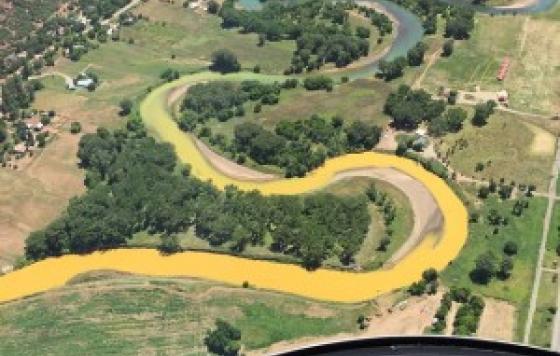
By John Noël, National Oil & Gas Campaigns Coordinator - Follow John on Twitter (@Noel_Johnny)
Pulling off California’s Highway 5, the road that takes you down the spine of the state is like a portal into another world. Lost Hills, a tiny town sandwiched between prime agriculture and oil fields, is ground zero for exploring the largely hidden impacts of California oil production. Rosanna Esparza, Clean Water Action organizer, and a few local community groups have been talking with local residents about the health and environmental impacts of oil production for the past year.
Amazingly, there have been no extensive studies of the health impacts on communities in the shadow of California oil and gas development. Clean Water Fund and Earthworks recently published a health investigation of the Lost Hills area in an effort to better understand the long term public health risks posed by the air these communities breathe every day. The results can only be viewed as a snapshot in time and more research is needed but the report is a clear indication of a serious problem. Lost Hills’ population is 97 percent Latino/Hispanic who’s “most disadvantaged community members often have no choice in where they live, and no voice in the decision-making processes that affect their daily lives.” As 43 percent of the community is below the poverty line, it is a clear case of environmental injustice that the community is not fully aware of the myriad of hazards posed by the incredible scale of oil and gas development upwind (learn more about the study here). With this in mind, I hopped in Rosanna’s car and we pulled away from the Lost Hills recreation center parking lot for a closer look.
California is the country’s third largest oil producer after Texas and North Dakota. The majority is from a handful of prolific fields in Kern County, some that have been pumping oil out of the ground since the 1930s. However, for each barrel of oil produced at least ten barrels of wastewater are created. This wastewater needs to be safely managed and disposed. Recent revelations indicate that the oil industry in California has been disposing of its wastewater in two potentially highly dangerous, under regulated and reckless ways, injection wells and evaporation pits.
Rosanna drove us west from Lost Hills and down “Petroleum Highway.” It is flanked on both sides by oil fields (some of which are up to 70 miles wide) and thousands of bobbing pump jacks. She slowed the vehicle and made a left off the two-lane road onto a dirt path into the desert. The barren landscape opened up to almost a dozen massive unlined pits filled with toxic sludge. A few of the pits had dark green waste water pouring out of two pipes connected to oil producing areas not far away. Right in front me lay California’s now notorious oil production wastewater pits. Clean Water Action brought this unpermitted and virtually unknown practice to the attention of state Water Board regulators via these same tours with Rosanna and through a groundbreaking report, which outlines the rampant violations, and health hazards these pits pose to communities down wind.
Immediately after getting out of the car I had a headache from the toxic fumes sifting off the surface of the pits. It looked like the ends of the Earth. I realized that the scars from the pits on the environment and the associated health impacts are market externalities – not factored into the price of oil and written off by pretty much everyone, including state regulators until now. This was the “disposable peripheries being harnessed to feed a glittering center” that Naomi Klein eloquently described.
If the billions of gallons of wastewater are not disposed of in these unlined pits and left to evaporate, it is injected underground into a collection of disposal wells scattered throughout the state. Clean Water Action pointed out that the Division of Oil Gas and Geothermal Resources, the state Agency in charge of regulating these wells, has been allowing illegal injection of wastewater into underground sources of drinking water for years. Yet this year, after multi-decade malpractice, the oil industry is finally being forced to come into compliance with EPA regulations. Incredibly there are still over 2000 wells injecting into federally protected underground sources of drinking water as an enhanced oil recovery technique, and over a hundred that are injecting for disposal purposes into even higher quality water that could serve as drinking water with minimal treatment right now. As a result of pressure from Clean Water Action and a coalition of NGOs, eight California lawmakers are now calling for the immediate shutdown of these illegal injection wells until they can comply with federal law.
After my tour of the oil fields I would head down to LA to attend a workshop held by state oil and gas regulators, the state water board and US EPA on how these agencies are trying to remedy the wastewater oversight failures of the last 30 years. Each presentation explained to industry representatives and concerned public about how, in this new dawn of regulatory cooperation, each well would need to be brought into compliance in two years – yet they could still continue to inject wastewater into potential drinking water in the meantime. This was a fact that didn’t add up for protestors in the audience.
The wastewater disposal situation in California (whether in pits or illegal injection wells) is a showcase of how an industry can become more influential than the government agency designed to regulate it. In this case it is the people of California who could suffer, especially as the state crawls through another year of the worst drought in 1200 years.
Putting cost cutting and convenience measures for the oil industry over safeguarding potential sources of drinking water for future generations is a miscalculation of dramatic proportions and it would behoove all stakeholders involved to recognize what is at stake. Further, communities living and breathing in the belly of America’s oil production machine deserve to know exactly what type of environmental and health hazards they are exposed to and that the richest industry in the world is obeying the sparse regulations that do exist for public safety.
The referenced media source is missing and needs to be re-embedded.
The "Petroleum Highway"
The referenced media source is missing and needs to be re-embedded.
Oil and Gas Wastewater Disposal Pit
The referenced media source is missing and needs to be re-embedded.
Me, in front of the open waste water pitRelated Posts
Stay Informed
Get the latest updates and actions:
Thanks for signing up!
There was a problem processing your signup. Please try again.


